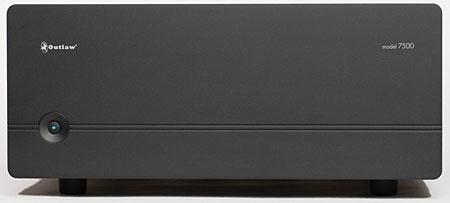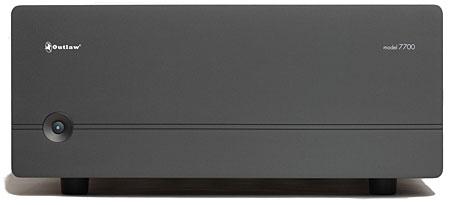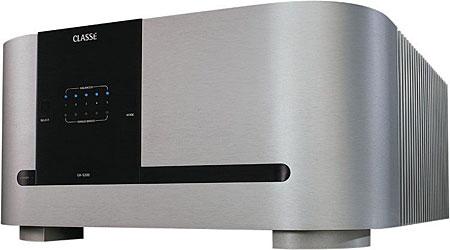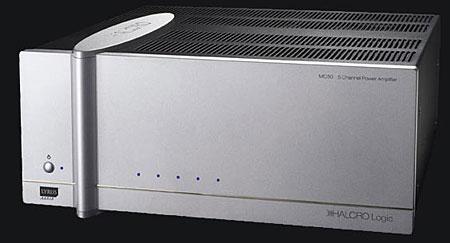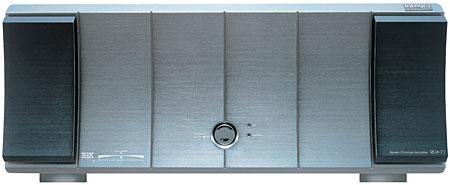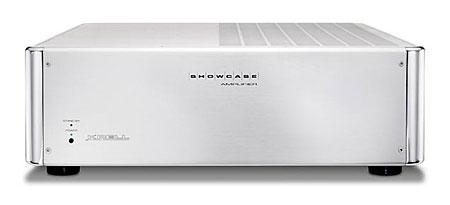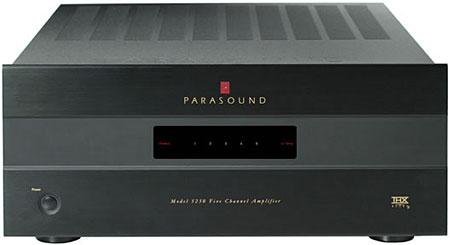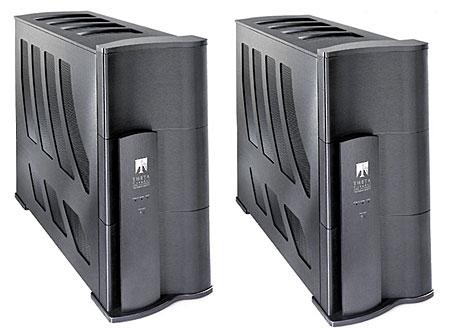|
Sep 07, 2006
|
Sep 07, 2006
|
Jul 14, 2006
|
Jul 10, 2006
|
Jul 10, 2006
|
Jul 10, 2006
|
Jul 10, 2006
|
Jul 10, 2006
|
Jul 07, 2006
|
Jul 07, 2006
